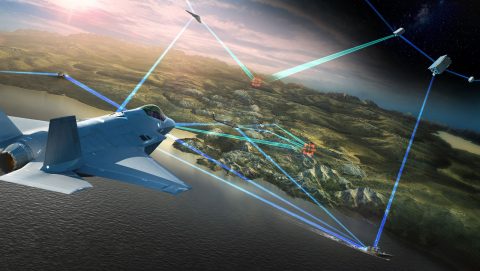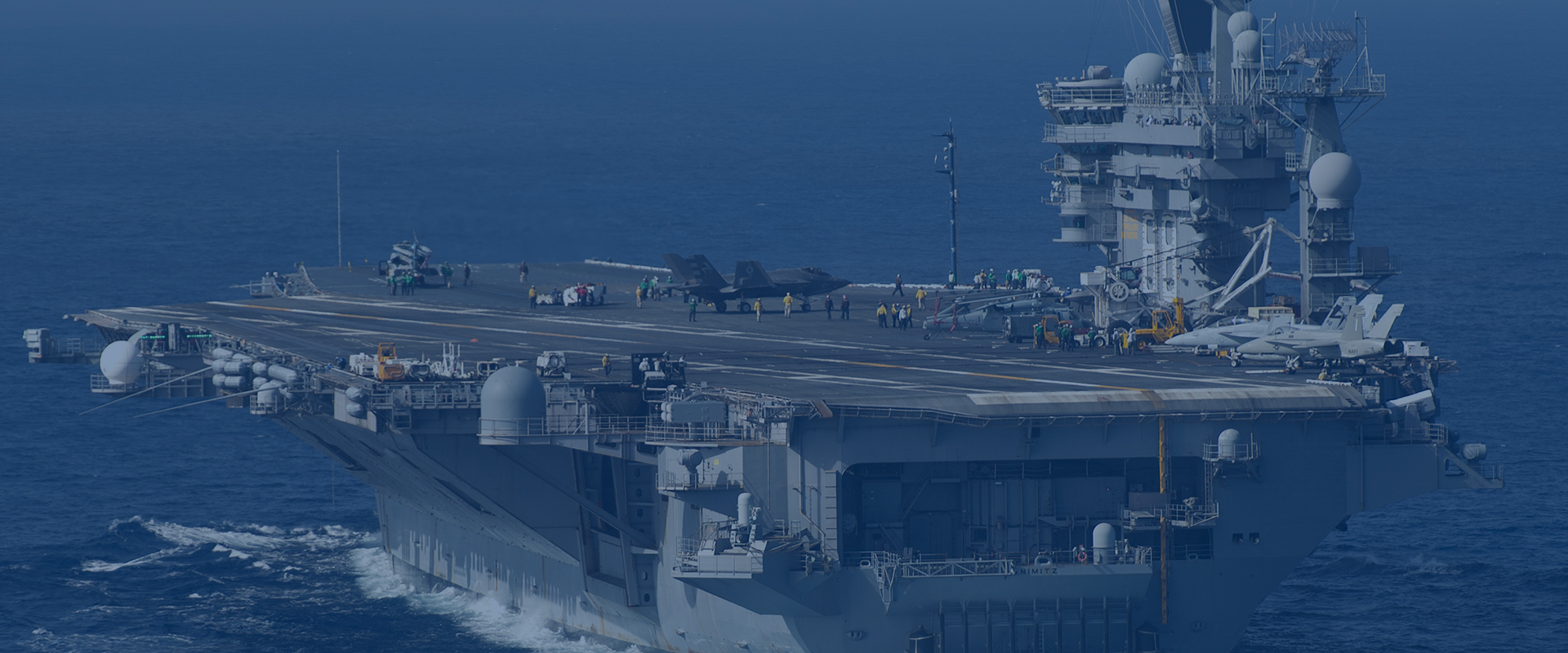Water Management
Lockheed Martin seeks to reduce environmental impacts and enhance the resiliency of our operations across the globe, including opportunities to reduce water usage.
We have spent several years identifying and studying water management opportunities at facilities in the highest water-stressed regions to understand where operations might be affected by water constraints and how to be better water stewards in these communities. In 2022, we updated our water supply risk analysis and used the results in coordination with water balance analyses to further develop action plans and implement solutions. These studies help us understand water sources, how water is used and discharged, and water efficiency opportunities.
We also consider water efficiency opportunities when we review sites for energy efficiency projects. For example, steam conversion and chiller upgrades result in both energy and water savings.
Rinsewater Project (Grand Prairie, Texas)
Last updated: May 2025


